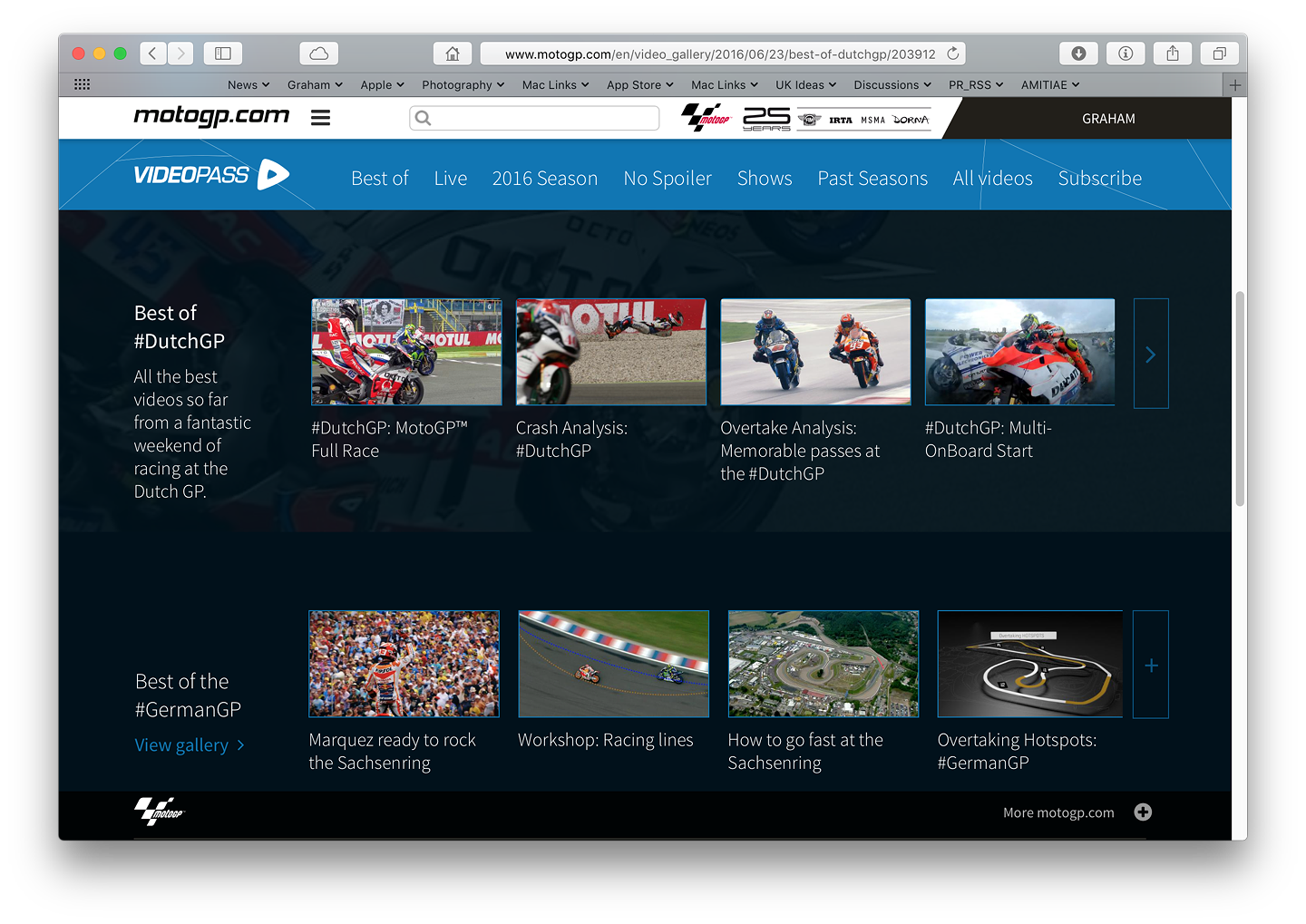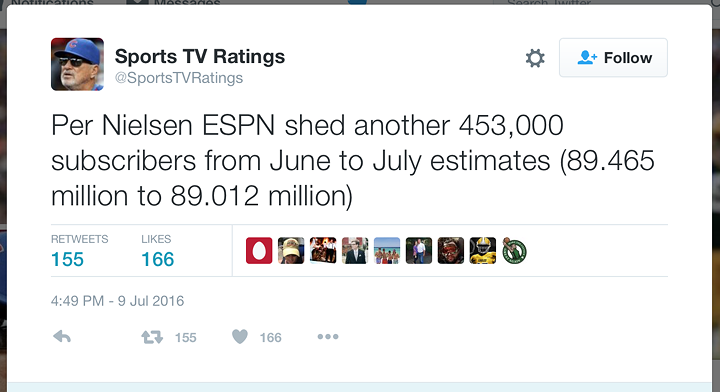Cassandra: Formula One Needs to Embrace New Media and Apple may Provide a Push Start

AMITIAE - Thursday 14 July 2016
|
Cassandra: Formula One Needs to Embrace New Media and Apple may Provide a Push Start |
 |
|
|
By Graham K. Rogers
The concessions awarded to certain companies to run independent TV stations in the UK was described in the 1950s as a "licence to print money" (Torin Douglas, BBC). That article by Torrin Douglas describes the changes that were afflicting those same commercial TV companies by 2001: success increased the cost of advertising, so large companies began to use their advertising budgets elsewhere. Despite the high cost of advertising, revenue had decreased and there was red ink. Cable and satellite links have also dented the income for traditional television channels and there has been a switch to large groups that provide packages to the consumer. These packages are not always attractive and the addition of a single preferred channel may mean a new (usually more expensive) package. I fell foul of this a short while ago when an adjustment to a free package addition, meant I lost the Sundance Channel when I had been following a series. I upgraded only to find that the series I was watching ended after one more program. I kept the package for a couple of months more but could see no real benefit, so returned to the earlier option.
The sole reason I switch back from Internet sourced viewing to the cable provider channels these days is Formula One. It is usually easy for fans of a a particular sport to justify their needs, but this is not making sense economically at over 1,200 baht a month, when online sources give me a far richer viewing experience, even with the limited content available here (around 10% of Netflix programming available in the USA). Nonetheless my preferences have changed and viewing choices are better for me using internet sources. I am having a struggle justifying the cost of a cable connection just for Formula One. I do enjoy other forms of motor sport, especially MotoGP (motorcycle racing). Both F1 and MotoGP have made use of the internet for delivery of live timing, via apps for a number of years. However, Dorna - who manage MotoGP in similar way to Formula One Management and Grand Prix racing - have expanded their internet use in recent years to include live video feeds.

There are a couple of disadvantages with the Dorna video subscriptions:

Formula One Management has never dealt directly with the end user when selling its product, but the internet is about the individual user and choice. Formula One should examine the lead of Dorna and consider direct-to-customer live video
In the interview, Blodget talks about the situation, particularly for those who like to watch sports, "which is the only reason my family is still paying a massive cable bill" (Blodget). You want everything on every screen and view it when you want. That comment is worth repeating: the only reason my family is still paying a massive cable bill. That reason is becoming a little thin with the alternatives that are beginning to appear. The services that are available here (Thailand) on AppleTV do not match what there is in other countries. For example, Netflix only has a tenth of the programming that is available in the USA, while other channels are completely unavailable. As I mention above, MotoGP has taken half a step in the right direction by making its live transmissions available on the Internet, but Formula One is stuck in the cable age and needs to modernise its TV game.
This latest initiative may be connected with the rumoured Apple electric car, but Bernie Ecclestone's early master stroke was the TV package that made millions for Formula One Management and the teams. The series is highly visible and has become more-so in recent years in the US, which is Apple's prime market, but also in several markets where Apple has a major presence, especially China and other areas of Asia, most of Europe, the Middle East and in South America. There are many more new circuits and regions where F1 races are run that previously had no connection to the series. Of particular note is Russia and Azerbaijan (where the first race was run this year). Apple is known also to have been seeking out content for its Apple TV service, which will be updated in a month or so. Formula One needs to embrace new media to keep up with the growing mobile public, otherwise the money begins to slip away. This could be a good marriage.
Graham K. Rogers teaches at the Faculty of Engineering, Mahidol University in Thailand. He wrote in the Bangkok Post, Database supplement on IT subjects. For the last seven years of Database he wrote a column on Apple and Macs. He is now continuing that in the Bangkok Post supplement, Life. |
|

For further information, e-mail to
Back to
eXtensions
Back to
Home Page